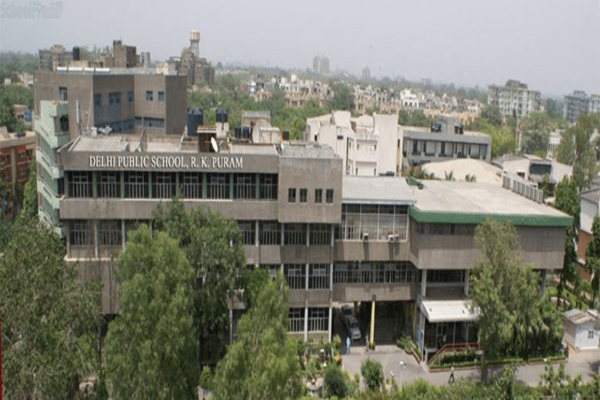Over four weeks were spent by middle and high school students this summer at McKinley Technical High School in Washington, D.C., developing the programming and modeling for a prototype of an educational computer game called Immune Attack 3.0.
With objective of making science fun, last year the students used the free educational game to learn. This year, they’re putting their programming and modeling skills to the test to help the Federation of American Scientists update the game. The program was set up more like a summer job than summer school, said Chris Johnson, a modeling instructor at McKinley’s summer youth program. Mitchell Holmes, a McKinley student who will be entering the 10th grade this year, said he knew he wanted to be part of the program, because he hopes to enter a career in graphic design when he finishes his schooling. This was his first year working with the ‘Be the Game’ program headed by Kelsey, a summer program that is funded by the Mayor’s Summer Youth Program.
‘Immune Attack’ is a three-dimensional game that provides scientifically accurate simulations of the immune system, with imagery designed by medical illustrators. Players navigate a nanobot through 3-D blood vessels and connective tissue in an attempt to save an ailing patient by retraining her non-functional immune cells.
McKinley students worked with Melanie Stegman, program manager of learning technologies with FAS, who met with the instructors and students to determine the design of the game. She said she hoped that Immune Attack 3.0 got the students interested in concepts such as what chemotherapy looks like and how mitochondria move. In programming and modeling for Immune Attack 3.0, both the students and college-aged instructors had to learn more about the immune system.





















